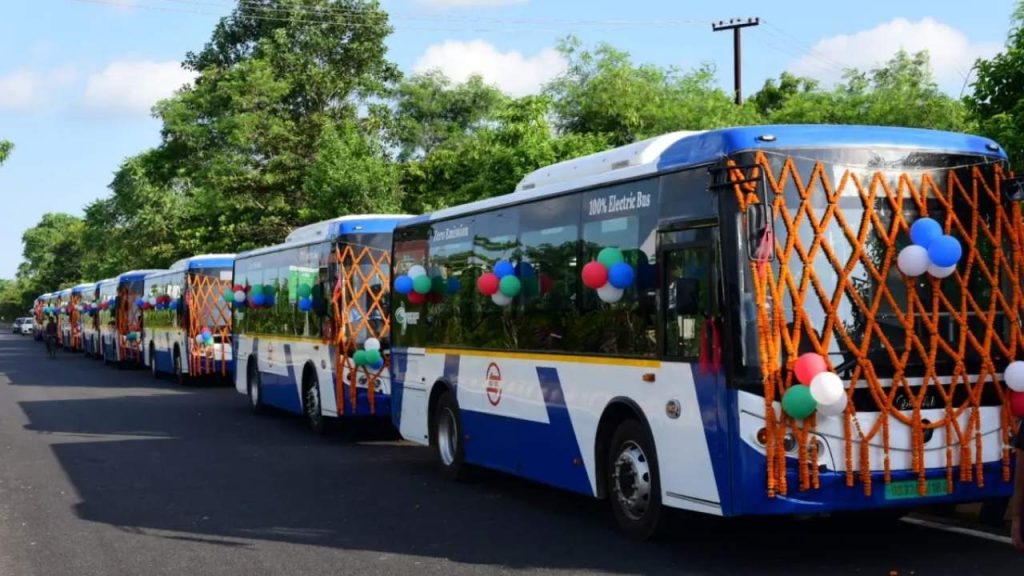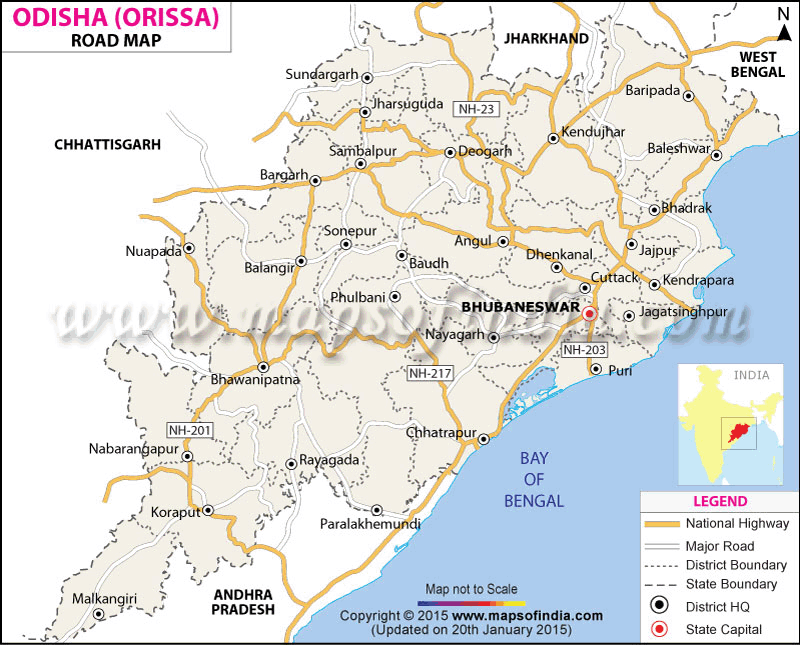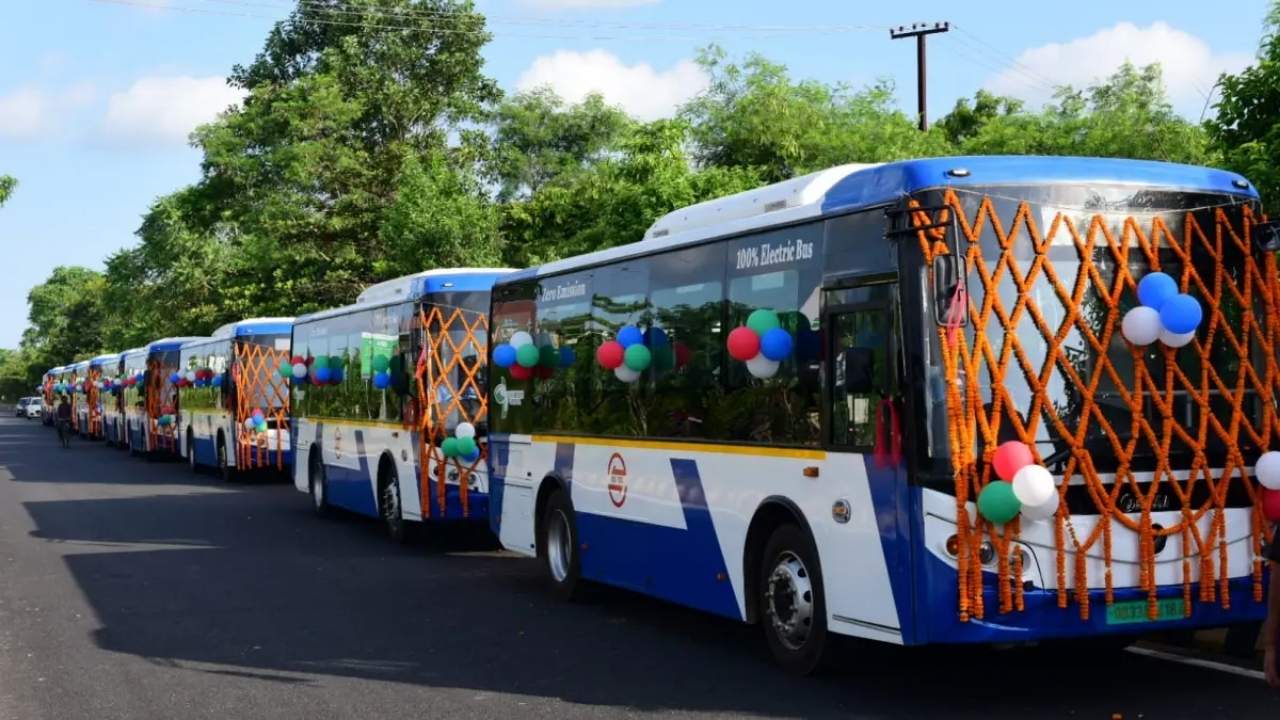The Odisha government has announced a significant plan to introduce 600 electric buses in Odisha’s major urban centres. The initiative, confirmed by state officials, aims to modernise public transport, reduce carbon emissions, and improve the daily commute for thousands of citizens, marking a substantial step towards sustainable urban mobility for the state.

600 Electric Buses Coming to Odisha
| Key Fact | Detail/Statistic |
| Number of Buses | 600 all-electric vehicles Government of Odisha Announcement |
| Primary Locations | Greater Bhubaneswar Area (Bhubaneswar, Cuttack, Puri) |
| Governing Scheme | Centrally sponsored PM-eBus Sewa scheme |
| Primary Goal | Reduce air pollution and modernise Odisha public transport |
Government Announces Major Public Transport Overhaul
The Government of Odisha has formally approved the procurement and operation of 600 new electric buses. The decision was announced following a high-level meeting chaired by senior officials from the state’s Commerce and Transport Department. This move aligns with a broader national policy to promote cleaner energy in the transport sector.
According to a statement from Commerce and Transport Minister Tukuni Sahu, the project is designed to “provide reliable, affordable, and sustainable public transport.” The buses are slated to operate primarily within the Capital Region, connecting the cities of Bhubaneswar, Cuttack, and Puri, which form the state’s main urban and economic corridor. The state’s well-regarded Capital Region Urban Transport (CRUT) authority, which manages the existing “Mo Bus” service, is expected to oversee the implementation of this new fleet.
The Plan for 600 Electric Buses in Odisha
The introduction of the new fleet will be executed under the central government’s PM-eBus Sewa scheme. This national programme was launched to augment city bus operations by providing financial support to states for the introduction of electric vehicles. The scheme aims to address the needs of cities that lack organised public transport infrastructure and help them transition to more environmentally friendly options.
Funding and Implementation
The e-bus scheme will operate on a Public-Private Partnership (PPP) model, a common strategy for large-scale infrastructure projects in India. Under this model, the government provides subsidies and frameworks, while private operators handle the procurement, operation, and maintenance of the bus fleet for a specified contract period, typically around 10 to 12 years.
“The central government will provide a subsidy per kilometre for operational support, which reduces the financial burden on the state and ensures the long-term viability of the project,” an official from the Ministry of Housing and Urban Affairs explained in a recent press briefing on the national scheme. Odisha’s participation leverages this central assistance to fast-track its transport modernization goals.

Environmental and Economic Impact
The shift from conventional diesel-powered buses to electric alternatives is expected to yield significant environmental benefits. Electric buses produce zero tailpipe emissions, which will directly contribute to improving air quality in Odisha’s increasingly congested urban areas. They also operate with significantly less noise, reducing noise pollution along busy transport routes.
Reducing the Carbon Footprint
According to a report by the Centre for Science and Environment (CSE), a New Delhi-based research organisation, a single electric bus can save approximately 25-30 tonnes of carbon dioxide from being released into the atmosphere annually compared to a diesel equivalent. The deployment of 600 e-buses represents a substantial commitment to sustainable mobility and climate action targets.
Challenges and Infrastructure Needs
Despite the long-term benefits, the transition presents immediate challenges. The primary hurdle is the development of robust charging infrastructure. The project will require the construction of large-scale charging depots with sufficient grid capacity to service the entire fleet, most likely overnight. Ensuring the reliability of the power supply and the strategic placement of charging points will be critical to the project’s success.
Furthermore, the initial capital expenditure for electric buses is considerably higher than for their diesel counterparts. While operational costs related to fuel and maintenance are lower over the vehicle’s lifespan, the upfront investment remains a significant financial consideration that the PPP model is designed to address.
E-Bus Boom in Odisha: Now 5th in India with an Ambitious Goal of 1,000 Electric Buses!
Rourkela-Howrah Vande Bharat Gets Massive Upgrade: Double the Coaches, Double the Comfort!
Building on ‘Mo Bus’s Success
This new initiative builds on the success of CRUT’s “Mo Bus” service, which has been widely praised for its efficiency, reliability, and passenger-friendly features since its launch in 2018. The existing service has already set a high standard for public transport in the region. Integrating the new electric fleet into this established network is expected to enhance the service further and encourage a greater mode shift from private vehicles to public transport.
The plan represents a forward-looking step for Odisha’s urban development. As the buses are progressively deployed, residents can expect a quieter, cleaner, and more modern public transport experience, positioning the state as a leader in India’s transition to sustainable urban mobility.





